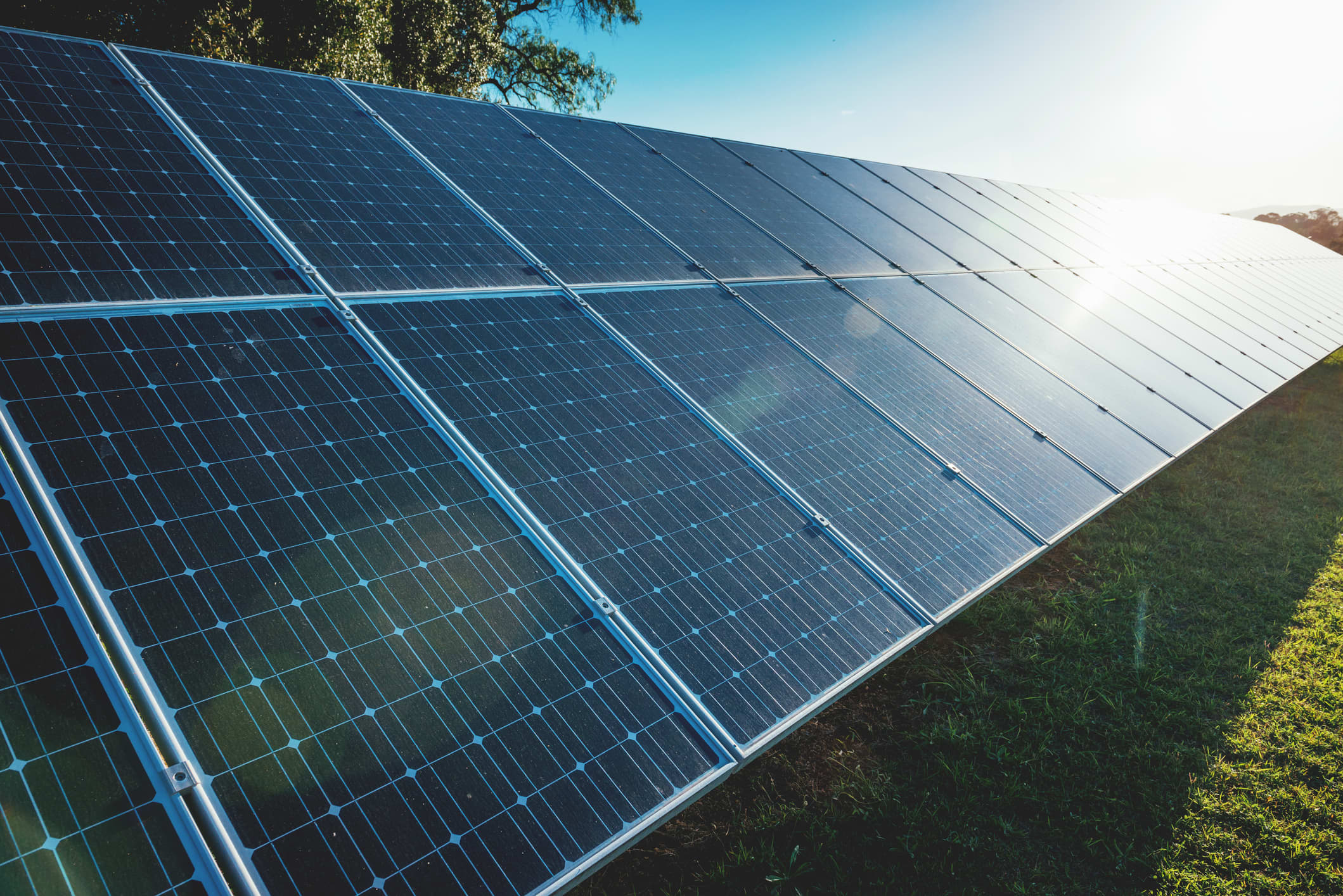A transition to renewable sources of energy will prompt a surge in demand for base metals in the coming years, Wood Mackenzie has predicted.
In a report published Monday, analysts at the energy consultancy said that as governments fulfil commitments to limit global warming, a growing reliance on solar power would boost demand for several non-ferrous metals.
Three metals in particular were named by Wood Mackenzie as commodities to watch: aluminum, copper and zinc.
The report’s authors outlined three possible scenarios for the metals, with demand growth for each depending on the success of international efforts to limit global warming.
Under the Paris Agreement — a landmark deal adopted in 2015 and signed by 196 countries — nations agreed to a framework to prevent global temperatures from rising by any more than 2 degrees Celsius compared to pre-industrial levels, although the treaty aims to prevent global temperature rises exceeding 1.5 degrees Celsius.
Aluminum
Wood Mackenzie’s base case scenario assumes that by the end of the century, temperatures will have risen by 2.8 to 3 degrees Celsius from pre-industrial times.
In this situation, aluminum demand from the solar power sector would rise from 2.4 million tons in 2020 to 4.6 million tons in 2040.
Typically, aluminum is used in solar panel frames and their structural parts, Kamil Wlazly, a senior research analyst at Wood Mackenzie, noted.
If the global temperature rise was kept between 1.5 and 2 degrees Celsius, however, it would mean that aluminum demand for solar power had reached between 8.5 million tons and 10 million tons a year by 2040, the analysts said.
In the most optimistic climate scenario, where renewable sources of energy were embraced more readily to cap warming at 1.5 degrees Celsius, demand from the solar sector would account for 12.6% of total global aluminum consumption by 2040 — up from 3% in 2020.
Copper
Demand for copper — used in high and low voltage transmission cables and thermal solar collectors — is also set for “notable gains” as solar energy becomes more mainstream, Wood Mackenzie said.
The report’s base case scenario predicted that demand for copper arising from solar power generation would rise from 0.4 million tons in 2020 to 0.7 million tons a year by 2040.
Copper consumption in the solar sector would increase to 1.3 million tons by 2040 if global warming was capped at 2 degrees Celsius.
If temperature rises could be limited to 1.5 degrees Celsius, the industry’s consumption of the red metal was expected to jump to 1.6 million tons a year within the next two decades, the report claimed.
Zinc
Meanwhile, analysts noted that only zinc coatings could offer cheap, long-lasting corrosion protection, with the metal used in solar panels’ structural parts.
Currently, solar power installations account for around 0.4 million tons of annual global zinc consumption, Wood Mackenzie said.
If global temperatures were on track to rise by 2.8 to 3 degrees Celsius by the end of this century, this number was projected to grow to 0.8 million tons by 2040.
With temperature rises limited to 2 degrees Celsius, zinc consumption would increase to 1.7 million tons a year by 2040. If warming was successfully limited to 1.5 degrees Celsius, zinc consumption in the solar sector would rise to 2.1 million tons a year by 2040, analysts predicted.
Wood Mackenzie’s predictions for the three metals were only around demand coming from the solar power industry, and did not speculate on total global demand.
Wlazly pointed out in Wood Mackenzie’s note on Monday that falling production costs and efficiency gains had lowered the price of solar power around the world.
“As a result, solar has become cheaper than any other technology in many parts of the U.S. and several other countries across the globe,” he said. “As costs continue to fall, solar’s share of power supply will rise and begin to displace other forms of generation. This presents a huge opportunity for the base metals sector.”
